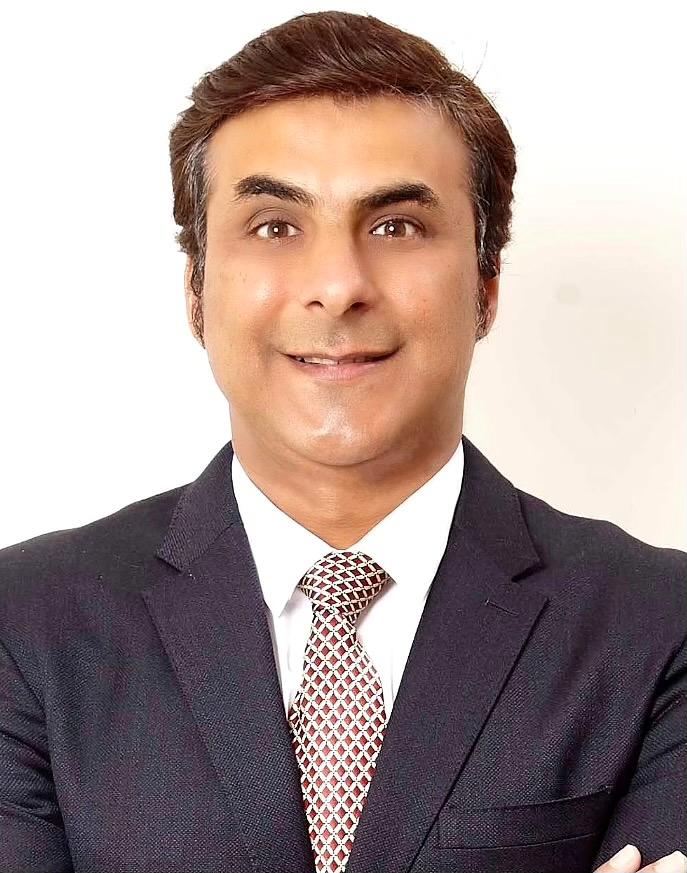
Manufacturing supply chain are divided broadly in Tier 1, Tier 2 and Tier 3 suppliers who are directly or indirectly linked with OEMs (original equipment manufacturers). OEMs are engaged in designing, assembling and sales to the consumer. Enter the Tier system. Tier1 suppliers are companies that supply systems or products directly to OEMs. Tier 2 are often the specific domain experts who don’t have ability or desire to cater to multiple industries, also termed as component manufacturers. Tier 3 are mostly the suppliers of raw materials or close to raw-material like metals or plastics.
There is a high level of competition in manufacturing supply chain especially at Tier-1 level, where in companies acquire to become the market leaders or partnership to get a technology edge. Few examples to quote are:
1. Toyota Motor Corporation and Suzuki Motor Corporation started a partnership in 2016 and signed an agreement in August 2019 for a capital alliance to establish and promote long-term cooperation in new fields, including electric vehicle technology and autonomous driving.
2. Danfoss acquisition of Eaton’s hydraulics business in Aug-2021, Danfoss grew in size by a third and establish itself as a global leader in mobile and industrial hydraulics.
In this phase of transition, the number of suppliers almost doubles, which increases the amount of supplier management work. In such situation the Tier 1’s look for fewer and more dependable suppliers, who can become an End to End solution Solutions Provider across industries and play a global role as a Strategic Supplier and supply parts Just-in-time globally. This is the gap which is fulfilled by the suppliers termed as Tier 1.5.
Tier 1.5 are the one-stop-shop solution provider in machining industry which fills the gap between Tier 1 and Tier 2. Tier 1.5 are engaged in process design, engineering, manufacturing, testing, and supply of a variety of precision products and assemblies, are capable of diverse and critical manufacturing and finishing processes, including machined castings, die castings, machined forgings, bar route machining, plate machining, surface treatment, heat treatment, critical assembly, as well as ancillary activities such as end of line testing, export packing and warehousing, which helps us provide end-to-end solutions for our customer requirements.
Graduating from being a component manufacturer to Tier 1.5 requires forward integration, increase in capabilities, creating a strong supplier partners for various processes who are experts in their domain, external infrastructure such as warehousing and logistics and most importantly a vision of becoming a strategic supplier to Tier 1.
There a multiple advantage of being a Tier 1.5, supply to various industries and countries this mitigates the risk of any fluctuation in certain sector or seasonality or forex keeping the business floating during tough times like Covid-19, customer stickiness & long-term relationships, supplier of choice to the customer, optimised utilization of resources, flexibility to customer demand, swiftly move capacities across sectors, quick RFQ to SOP etc. With our unique out of the box thinking, we've created our own space within a cut-throat market and managed to maintain a balance within the supply chain.








